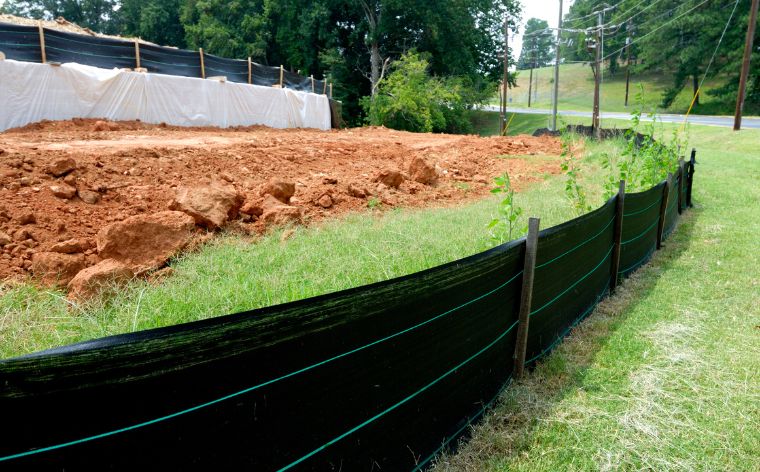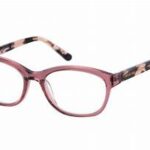In the field of civil engineering, environmental management, and landscaping, geotextile fabric has become an essential material. Whether you’re building roads, stabilizing soil, or protecting against erosion, geotextiles offer a practical and durable solution to many of the challenges faced in construction and land management. But what exactly is geotextile fabric, and how does it work?
This guide will take an in-depth look at geotextile fabric, exploring its uses, types, and the numerous benefits it offers across various industries.
What is Geotextile Fabric?
Geotextile fabric is a permeable textile material made from synthetic fibers, primarily polyester or polypropylene. It’s designed to improve soil characteristics and enhance the performance of construction projects. By acting as a barrier, geotextile fabric can separate, filter, reinforce, protect, or drain materials, depending on the specific application.
This material has been widely used in civil engineering, road construction, landscaping, and environmental projects due to its versatility and strength. Available in various thicknesses, weights, and weaves, geotextiles are tailored to meet different needs, making them indispensable in the industry.
Types of Geotextile Fabric
Geotextiles come in several forms, each serving specific functions. The three main types of geotextile fabric are:
1. Woven Geotextile Fabric
Woven geotextiles are made by interlacing synthetic fibers, similar to how cloth is woven. These fabrics are known for their high tensile strength, making them ideal for applications where soil reinforcement is crucial. Woven geotextiles are often used in projects involving road construction, embankments, and slope stabilization.
However, woven fabrics generally have lower permeability compared to non-woven options, which can limit their ability to filter water effectively.
Common Applications:
- Road construction and pavement reinforcement
- Soil stabilization
- Embankment reinforcement
- Erosion control
2. Non-Woven Geotextile Fabric
Non-woven geotextiles are made by bonding synthetic fibers together using heat, chemicals, or mechanical processes. These fabrics have a felt-like texture and are often used in applications where filtration, drainage, and protection are essential. Non-woven geotextiles allow water to pass through while preventing soil or other particles from moving, making them ideal for drainage systems and erosion control.
These fabrics are typically less durable than woven options but offer greater permeability.
Common Applications:
- Drainage systems
- Filtration
- Erosion control
- Underlayment for roads, parking lots, and driveways
3. Knitted Geotextile Fabric
Knitted geotextiles are less commonly used but are created by interlocking loops of yarn. These fabrics provide high flexibility and can be used in specific reinforcement applications, although they don’t offer the same strength or durability as woven options.
Common Applications:
- Specialized reinforcement projects
- Flexible soil stabilization
Key Functions of Geotextile Fabric
The diverse uses of geotextile fabric can be broken down into five main functions:
1. Separation
Geotextiles are often used to separate different layers of soil to prevent them from mixing. For example, in road construction, geotextile fabric can be placed between the subgrade and the aggregate layer to prevent contamination of the aggregate by the underlying soil. This separation ensures the longevity of the road and prevents the need for frequent maintenance.
2. Filtration
Geotextiles act as a filter by allowing water to pass through while preventing soil and other particles from migrating. This is particularly useful in drainage systems, where controlling the flow of water is essential for preventing clogging and erosion.
3. Reinforcement
In construction projects, geotextiles help reinforce weak soils by distributing loads and increasing the stability of the foundation. This reinforcement function is crucial in road construction, embankments, and retaining walls, where soil needs to withstand significant pressure.
4. Protection
Geotextiles can be used as a protective layer for other materials. For instance, they are often placed between a geomembrane (used for waterproofing) and the surrounding soil to prevent punctures or damage to the membrane.
5. Drainage
In certain applications, geotextiles function as drainage materials, allowing water to flow through them while preventing the movement of fine soil particles. This is essential in roadways, retaining walls, and landscaping to avoid water accumulation and maintain stability.
Benefits of Using Geotextile Fabric
Now that we’ve covered the types and functions of geotextile fabric, let’s dive into the advantages of using this material across various industries.
1. Erosion Control
One of the most significant benefits of geotextile fabric is its ability to control soil erosion. Whether used in landscaping, construction, or environmental projects, geotextiles help stabilize soil and prevent erosion caused by wind, water, or other environmental factors. In coastal areas or riverbanks, geotextile fabric can be combined with riprap or other structures to protect shorelines from erosion.
2. Soil Stabilization
Geotextile fabric enhances soil stability by separating and reinforcing different layers. In projects where the soil is weak or prone to shifting, geotextiles distribute loads evenly, reducing the risk of subsidence or failure. This is particularly important in road construction, embankments, and foundation reinforcement.
3. Cost-Effective
By improving the stability and durability of construction projects, geotextile fabric reduces the need for frequent maintenance and repairs. This can save significant costs over time, particularly in large-scale infrastructure projects such as highways, bridges, and airports.
Additionally, geotextiles can be a more cost-effective solution than traditional methods of soil reinforcement and drainage, as they require less material and labor to install.
4. Environmental Benefits
Geotextiles provide an eco-friendly solution for many environmental protection projects. By preventing soil erosion, they help maintain the natural landscape and protect habitats. In addition, they aid in the construction of wetlands, riverbanks, and other ecological restoration projects by stabilizing soil and promoting vegetation growth.
5. Improved Drainage
Non-woven geotextiles, in particular, are known for their excellent drainage properties. When used in drainage systems, they prevent soil and debris from clogging pipes or ditches, allowing water to flow freely and preventing flooding or waterlogging in construction sites or landscaping areas.
6. Durability
Geotextile fabrics are designed to withstand harsh environmental conditions, including extreme temperatures, UV exposure, and chemical degradation. This makes them ideal for long-term use in outdoor projects, where durability is a key factor in maintaining structural integrity.
Common Applications of Geotextile Fabric
Geotextile fabric is used across a wide range of industries and applications. Some of the most common uses include:
- Road construction: To reinforce and stabilize soil, prevent erosion, and improve drainage.
- Landscaping: As a barrier for soil separation and drainage control.
- Erosion control: In riverbanks, coastal areas, and construction sites to protect against soil loss.
- Drainage systems: In both residential and commercial settings, geotextile fabric helps manage water flow.
- Landfills: As part of the liner system to prevent contamination and ensure proper drainage.
- Retaining walls: To improve stability and prevent soil movement behind the wall.
Conclusion
Geotextile fabric is an indispensable material in modern construction, landscaping, and environmental protection projects. With its versatile functions, including separation, filtration, reinforcement, protection, and drainage, geotextiles enhance the performance and durability of various structures. Whether you’re involved in road building, soil stabilization, or erosion control, geotextile fabric offers a cost-effective and environmentally friendly solution for long-lasting results.
As technology continues to advance, the use of geotextiles will likely expand, making it an even more crucial component in sustainable construction and land management.



